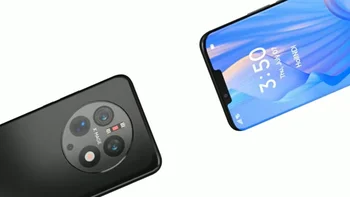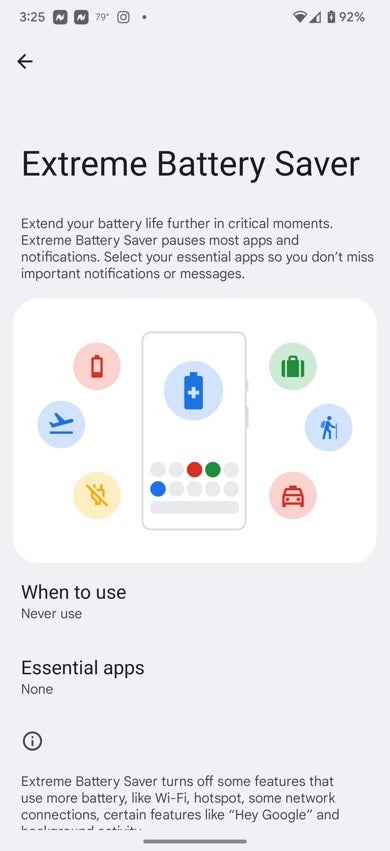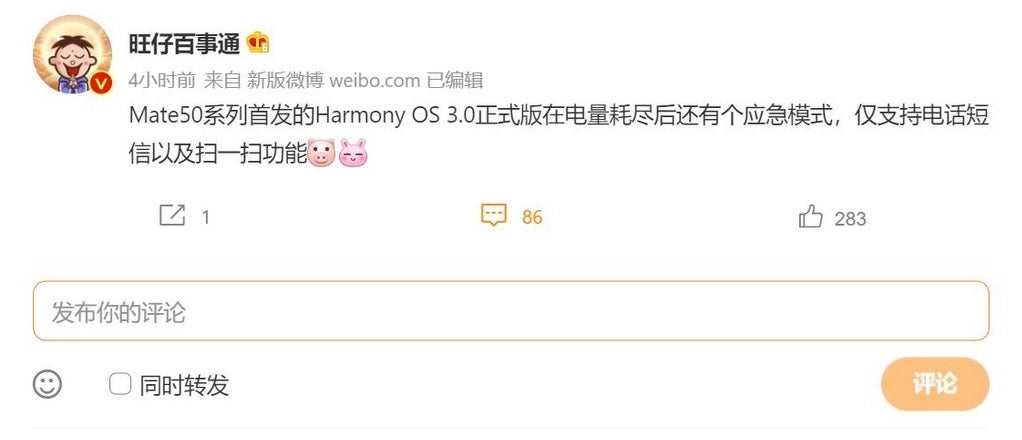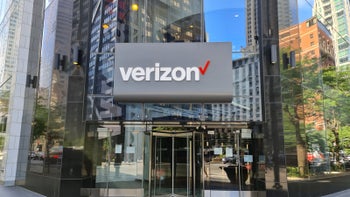Huawei Mate 50 line might make calls and send texts even with a dead battery

Reduced to producing one flagship series a year instead of the two it used to release, Huawei is expected to unveil the Mate 50 line in 2022 after the photography-centered P50 was unveiled last year. You probably know the whole story by now. Branded as a national security threat under two U.S. administrations, Huawei is forbidden from accessing its U.S. supply chain including Google, and cannot buy cutting-edge chips due to U.S. export rules.
But that hasn't stopped Huawei from developing its own Harmony operating system (which is now on version 3.0), and from using Qualcomm Snapdragon chips tweaked for use with 4G signals and not 5G. Despite being locked down pretty hard by the long arm of Uncle Sam, Huawei continues to innovate. According to a tipster on China's Weibo social media site (via Huawei Central), the upcoming Huawei Mate 50 line will come with an emergency battery mode feature that we bet you would love to have on your current phone.
Huawei rumored to include feature on HarmonyOS 3.0 that allows users to make a call with a dead battery
According to the social media post made by this tipster, whose track record is unknown, the new emergency battery mode will somehow allow you to make a call even after the battery is dead. The feature will be part of HarmonyOS 3.0 which will sport this feature and will be pre-installed on the Mate 50 models. Besides being able to make a call, users will supposedly be able to send text messages, and scan documents or location codes.

The Extreme Battery Saver available on some Pixel models
The tipster didn't explain how Huawei is going to accomplish this. A small battery not normally used to power the phone might be kept in reserve for use when the main battery dies. But any guess at this point is conjecture. Such a feature would certainly come in handy if the battery on your phone is at 0% and an emergency arises.
Both iOS and Android allow users to reduce battery use when things get dicey. On iOS, users can go to Settings > Battery and toggle on Low Power Mode. This reduces background activity like downloads and mail fetch until you can fully charge the device.
Android users have a similar way to cut down on battery consumption. Going to Settings > Battery > Battery Saver will allow the user to toggle on this feature which turns on Dark theme, limits some background activity, visual effects, certain features, and network connections.
Some Pixel users also have another option. Going to Settings > Battery > Battery Saver > Extreme Battery Saver will turn off features that use more battery power such as Wi-Fi, hotspot, some network connections, the "Hey Google" feature, and some background activity. With Extreme Battery Saver, you can select the important apps you need to have kept on while most of the other apps are blocked from receiving any power from the battery.
Some Pixel users can select the Extreme Battery Saver feature to get up to 48 hours of use according to Google
In the past, Google has promoted up to 48 hour battery life using Extreme Battery Life. It previously said, "Extreme Battery Saver helps your Pixel last up to 48 hours when you really need it. This mode automatically limits active apps to just the essentials and lets you choose additional apps you want to keep on. The rest get turned off."

Translated, this Weibo post says that the Huawei Mate 50, using HarmonyOS 3.0, will make calls and more even with a dead battery
It will be interesting to see whether Huawei actually has an emergency battery mode and what it promises to do. You can be sure that if Huawei does come up with the rumored emergency battery feature, other phone manufacturers are going to take a hard look at adding it to their own devices. Considering that battery life is one of the main features that phone buyers look at before making a purchase, this does have the potential of being a big deal.
Even if Huawei is able to put the emergency battery mode on the Mate 50 series, it probably will not improve its prognosis in the smartphone industry since it still is unable to produce phones that support 5G. Once the most popular phone brand in China, the U.S. restrictions have allowed other companies like Oppo, Xiaomi and Vivo to surpass it.













Things that are NOT allowed: